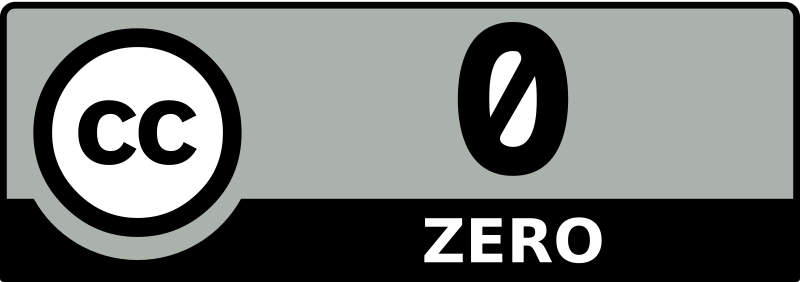Publication Ethics – With each issue, we embark on a journey of discourse and discovery, inviting readers to join us in unraveling the complexities of Parasite Art and its implications for contemporary culture.
Founded to investigate the emergence of a new form of art that follows the strategy and practice of parasitism, Parasite Art expands into a variety of fields and uses a range of strategies. Our journal is published once a year and features peer-reviewed expositions in each issue. With this journal, we propose to start a journey of new discourse and exploration on this subject. With each issue, we embark on a journey of discourse and discovery, inviting readers to join us in unraveling the complexities of Parasite Art and its implications for contemporary culture. Through our publication, we aim to contribute to insight, knowledge, and awareness of the methods, contexts, and ethical issues relevant to artistic processes. We hope that having such a unified and widely-recognized regional resource will further strengthen cooperation in artistic research.
Publication Ethics
Open Access Statement
This is an open access journal which means that all content is freely available without charge to the user or his/her institution. Users are allowed to read, download, copy, distribute, print, search, or link to the full texts of the articles, or use them for any other lawful purpose, without asking prior permission from the publisher or the author. This is in accordance with the BOAI definition of open access.
Publication Fees
The journal does not require any publication fees, sometimes called article processing
charges (APCs), from the author for publishing their paper.
Copyright and licence
The creator is giving up their copyright and allowing reusers to distribute, remix, adapt, and build upon the material in any medium or format, even for commercial purposes. The publisher uses the following license statement from issue 1 onwards:
This work has been marked as dedicated to the public domain.
All contents of this journal, excluding individual logos, images, sound files, videos and other artistic outputs are licensed under a Creative Commons License.
The authors may, if they wish, license artistic outputs to which they hold the copyright, under their name.
The licence terms include an exception for image, sound and video material which makes it possible for the author to exclude such material outside the CC0 licence. The author may choose not to use the exception for individual works.
The articles are published under an established open licence CC BY 4.0. There is no charge for this licence. Explanations of the CC licences can be found here.
Authors who publish results from third-party funded projects undertake to check whether the publication costs can be paid from third-party funds provided for this purpose (e.g. DFG publication cost allowance) and to utilise these if available.


Peer Review Policy
The Editorial Board (consisting of …) is responsible for the collaborative peer-review process and has adopted an approach to peer-reviewing in which, rather than the process being blind, a dialogue is established between author(s) and reviewer.
Instructions for Authors
After an open call, authors can submit an abstract of 200-300 words/max. 15.000 characters in english, german or spanish and are not further restricted in terms of content, except for the requirement to combine theory and practice/ to show a connection between practice and theory. The authors of all submissions receive feedback after six weeks.
Language
The main languages for the journal are German and English. Spanish-speaking researchers, including those with this as a second language, are welcome to submit in Spanish.
Editorial
Link to the journalʼs Aims & Scope (>Editors Note)
Link to the journalʼs Editorial Board (>Imprint Issue 1, >Imprint Issue 2)